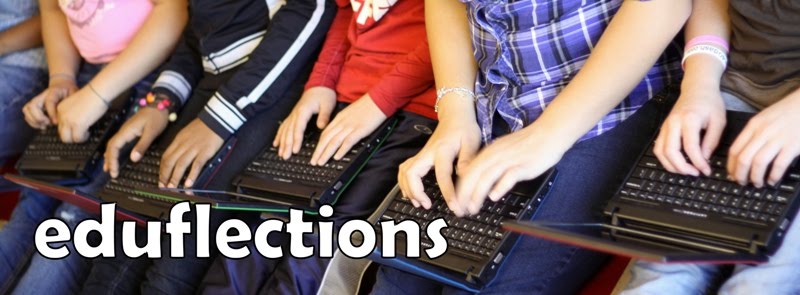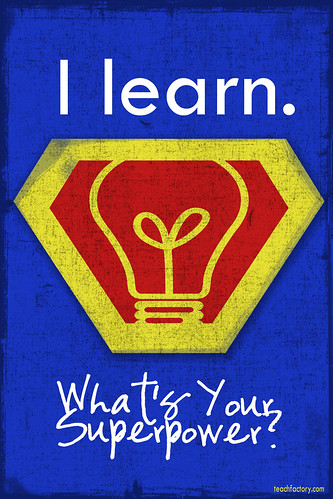This book was based on the real life of a gorilla named Ivan. One of the experiences that we (me and the other teachers in our school engaged in the GRA) wanted to provide for our students was being able to visit the Atlanta Zoo, the (eventual) home of Ivan. None of our students had been to the Atlanta Zoo (which is really worth a trip) and many had never been to Atlanta which is only 2 hours away from where we live in Alabama. We knew that this would be an amazing learning experience for our students.
Initially, we planned on taking several digital cameras for the students to take photos of our trip. However, one of my students suggested that we turn those photos into "movie to share with all of the other kids who can't go to see Ivan's home." Pretty brilliant, huh? They all agreed. That's where some real creativity took hold. With that in mind, students brought their own devices on the trip, took photos and shot video of their experiences.
Once we returned, I introduced them to TripWow, a free and very user-friendly tool by Trip Advisor that takes photos and turns them into a travel documentary. My students took all of the photos, debated about which photos best taught their audience, combined them together, added captions, and published it for all of the others students.
The discussions about what they had learned were so rich, they found they couldn't say everything that they wanted in the brief captions on TripWow. That's right, they felt the need to write more...to share their learning with others. So they turned to our class blog. Once they started collaboratively working on a class post to publish to accompany the TripWow, they discovered that the learning that they wanted to share with their global peers was too long for a class post. There were also more photos and videos that they wanted to include. So they turned to their own blogs.
They have spent the majority of this week writing, editing, collaborating, and publishing because they felt the need to give back and share with their GRA learning community. As I reflect back on this week, it really does make me say, "Wow!" Look at how they took a simple experience and turned it into something amazing that could teach so many others. They truly understand the importance and power of harnessing digital tools and social media to empower not just their learning, but the learning of thousands of others.
Without further ado, here's their TripWow...
The Atlanta Zoo Slideshow: Mrs.’s trip to Atlanta was created with TripAdvisor TripWow!

.jpg)























